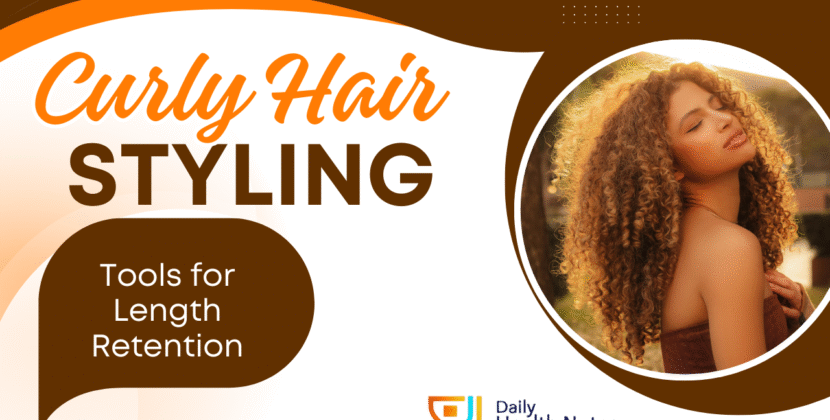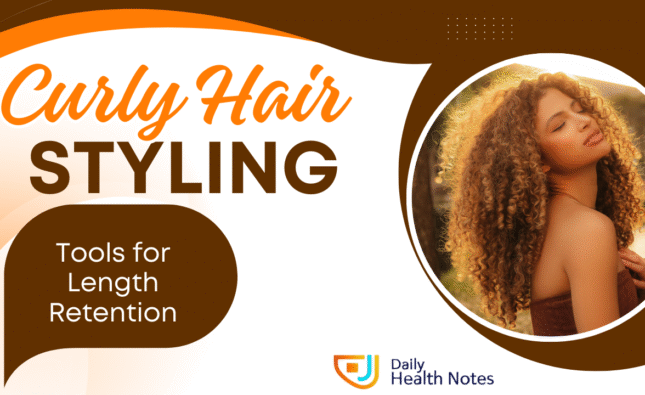
Tips for Managing Frizzy and Dry Hair: Expert Solutions for Softer Locks
If you’ve ever dealt with frizzy, dry hair, you know just how frustrating it can be. No matter how much you try to smooth it down or add moisture, those pesky flyaways and dull strands seem to have a mind of their own. Whether it’s due to weather conditions, excessive heat styling, or lack of proper hair care, frizzy and dry hair is a common problem that many people in the U.S. face.
In fact, around 90% of women report experiencing frizz at some point in their lives. If you’re tired of battling frizzy, dry hair that feels unmanageable, don’t worry. There are effective ways to tame those flyaways and restore your hair’s softness, shine, and health.
In this post, we’ll explore the best tips for managing frizzy and dry hair and how you can create a personalized hair care routine that works for you.
Understanding the Causes of Frizzy and Dry Hair
Before diving into the solutions, it’s essential to understand what causes frizzy and dry hair.
1. Lack of Moisture
Dry hair occurs when your strands don’t have enough moisture. This is often caused by excessive washing, heat styling, or exposure to harsh weather conditions, which strip the hair of its natural oils.
2. Overuse of Heat Tools
Frequent use of blow dryers, straighteners, and curling irons can damage the hair’s cuticle, causing it to become rough, dry, and prone to frizz.
3. Environmental Factors
Humidity and extreme weather can cause hair to swell or lose its smoothness, leading to frizz. On the other hand, dry, winter air can sap moisture from your hair, leaving it brittle and rough.
4. Chemical Treatments
Hair dyes, perms, and relaxers can weaken the hair shaft, making it dry and more susceptible to frizz.
Tips for Managing Frizzy and Dry Hair
1. Hydrate Your Hair with Deep Conditioning Treatments
One of the best ways to combat dryness is by regularly conditioning your hair. Use a deep conditioning treatment once a week to restore moisture and nourishment. Look for products that are rich in natural oils like argan oil, coconut oil, and sheer butter to help seal in moisture and prevent frizz.
- Pro Tip: After conditioning, leave the treatment on for 15-30 minutes, depending on the product’s instructions, for maximum results.
2. Avoid Shampooing Too Often
Shampooing your hair too frequently can strip it of its natural oils, contributing to dryness and frizz. Try to shampoo your hair 2-3 times a week instead of daily to maintain its moisture balance.
- Pro Tip: Use a sulfate-free shampoo that cleanses without removing essential oils, and follow up with a moisturizing conditioner.
3. Use Leave-In Conditioners and Hair Serums
Leave-in conditioners and serums are game-changers for dry and frizzy hair. They provide continuous hydration throughout the day, making hair smoother and easier to manage. Look for leave-in products containing silicone or hydrating agents like glycerin.
- Pro Tip: Apply a leave-in conditioner or serum to damp hair before styling to lock in moisture and prevent frizz.
4. Protect Your Hair from Heat Damage
If you can’t go without heat styling tools, make sure to use a heat protectant spray before styling. This shields your hair from the damage caused by hot tools, reducing the risk of dryness and frizz.
- Pro Tip: When using a blow dryer, try to keep it on a cool setting to minimize damage and prevent your hair from becoming dry and brittle.
5. Choose the Right Hairbrush
Using the wrong brush can damage your hair, leading to frizz and breakage. For dry, frizzy hair, choose a wide-tooth comb or a boar bristle brush, which is gentler and less likely to cause breakage.
- Pro Tip: When your hair is wet, always use a wide-tooth comb to detangle and prevent unnecessary hair stress.
6. Switch to a Silk or Satin Pillowcase
Cotton pillowcases can cause friction while you sleep, leading to dry hair and frizz. A silk or satin pillowcase reduces friction and helps maintain your hair’s moisture levels, keeping it smooth and frizz-free.
- Pro Tip: Consider a silk or satin hair bonnet if you want extra protection while you sleep.
7. Trim Regularly to Prevent Split Ends
Dry hair is more prone to split ends, which can contribute to the overall frizz and unruly appearance. Regular trims every 6-8 weeks can prevent split ends from traveling up the hair shaft and keep your hair looking healthy.
- Pro Tip: When getting a trim, ask your stylist for a dry cut, which can be better for taming frizz and maintaining healthy ends.
8. Hydrate from Within
Drinking plenty of water and eating a nutrient-rich diet can have a huge impact on your hair’s health. Make sure you’re getting adequate omega-3 fatty acids, vitamins A and C, and biotin to support hair growth and moisture retention from the inside out.
- Pro Tip: Incorporate foods like salmon, spinach, avocados, and nuts to nourish your hair.
Expert Opinions and Trends in the US
According to the American Academy of Dermatology, hair care has become a priority for many Americans, with people spending billions of dollars each year on hair care products. In fact, the U.S. hair care market is projected to reach $18 billion by 2026, highlighting the growing interest in achieving healthier hair.
Moreover, the natural hair movement continues to rise, with more individuals embracing their natural texture and using products tailored to their unique hair needs. With increasing awareness, people are opting for more eco-friendly and clean beauty products that are better suited for managing frizzy and dry hair.
Say Goodbye to Frizzy, Dry Hair
Managing frizzy and dry hair doesn’t have to be a constant battle. By incorporating the right products, hydrating consistently, protecting your hair from heat, and staying mindful of your styling habits, you can restore moisture, smoothness, and shine to your locks. It may take some time, but with a little dedication and the right techniques, your hair can look and feel healthier than ever before.












